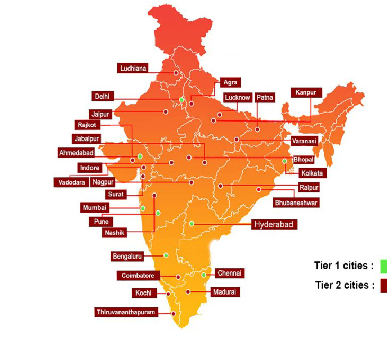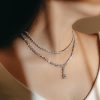The Future of Diamonds Begins Here
For centuries, diamonds have held a unique place in the human imagination. They’ve been symbols of eternal love, emblems of prestige, and markers of the most important milestones in life. Traditionally, these gems have been mined from deep within the Earth—a process as old as time itself, yet fraught with environmental, ethical, and economic concerns.
Enter lab-grown diamonds, the disruptive innovation reshaping the global jewellery market. These aren’t imitations. They’re real diamonds—chemically, physically, and optically identical to their mined counterparts—but born in the lab, with technology that replicates the geological conditions deep beneath the Earth’s crust.
At EcoFacets, we take this science and transform it into art, heritage, and responsible luxury. In this feature, we’re diving deep into how lab-grown diamonds go from a sliver of carbon to the kind of jewellery you’ll pass down for generations.
The Science of Sparkle: How Diamonds Form in the Lab
Step 1: The Diamond Seed
Every lab-grown diamond begins with a diamond seed—a tiny slice of pure carbon crystal. This seed can come from a natural diamond or another lab-grown one. Think of it as the blueprint for your future gem.
Step 2: High-Tech Earth Simulation
At EcoFacets, we primarily use Chemical Vapor Deposition (CVD), a technology that closely mimics the Earth’s natural diamond-forming conditions. The diamond seed is placed in a high-precision plasma reactor, where it’s exposed to a mixture of hydrogen and carbon-rich gases, such as methane.
Using microwave energy, these gases are heated to extreme temperatures (up to 1,300°C), causing them to break apart. Carbon atoms are released and begin to settle on the seed, building it layer by layer.
Step 3: Growth and Monitoring
Over 2–6 weeks, the diamond crystal grows in size. Throughout this process, every variable—temperature, gas purity, chamber pressure—is carefully monitored. Even the smallest fluctuation can affect clarity or color.
Step 4: Cutting, Polishing, and Certification
Once grown, the diamond is cut and polished by master craftsmen—often the very same artisans who work on high-end mined diamonds. The finished stone is then graded by respected gemological institutes like IGI or GIA, ensuring transparency in cut, clarity, color, and carat weight.
Why Lab-Grown Diamonds Matter
Environmental Benefits
Mining a single carat of diamond can require moving over 250 tons of earth, consuming thousands of liters of water, and emitting significant CO₂. Lab-grown diamonds use 85% less energy and water and cause no large-scale habitat destruction.
Ethical Confidence
With a lab-grown diamond, you never have to wonder if your gem is a “conflict diamond.” Every EcoFacets stone comes with clear origin documentation and ethical assurance.
Price Transparency
Because we bypass the multi-layered mining supply chain, lab-grown diamonds are 30–50% more affordable than equivalent mined diamonds, allowing you to invest in larger or higher-quality stones for the same budget.
From the Lab to the Jewellery Box
At EcoFacets, science is just the starting point. Once the diamond is perfected, it’s handed over to seventh-generation jewellery artisans, who craft it into rings, necklaces, bangles, and earrings. The designs blend Indian heritage with global trends, making them suitable for both traditional weddings and modern celebrations.
We also offer custom design services, allowing you to be part of the creative process. From sketch to final polish, your vision is realized in a way that’s uniquely yours.





